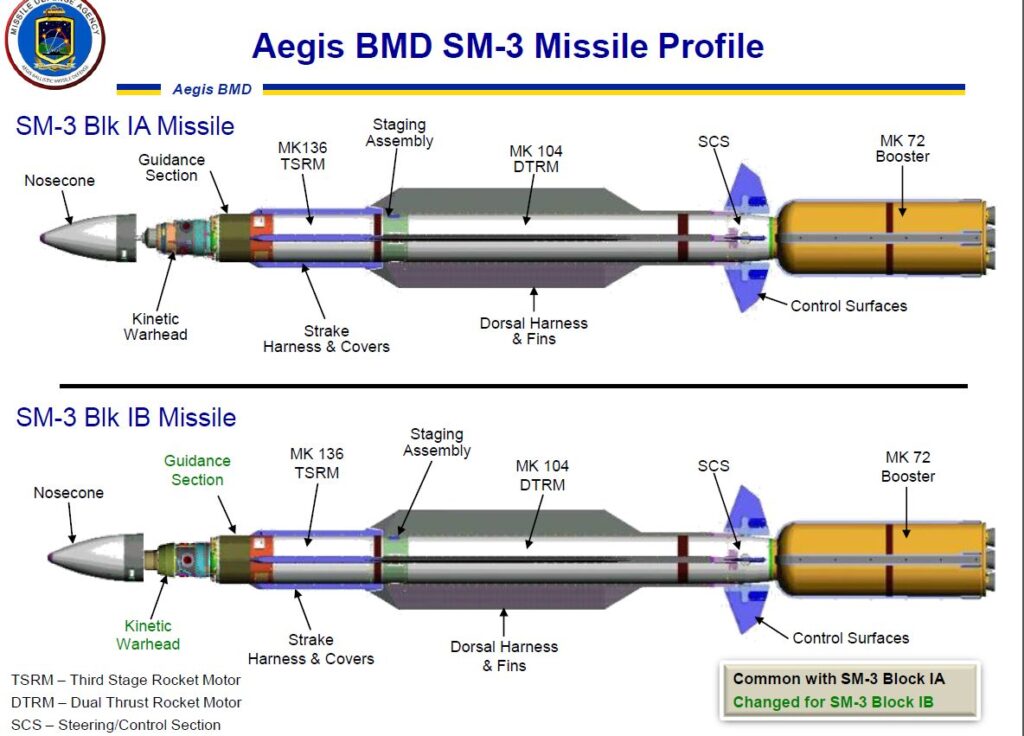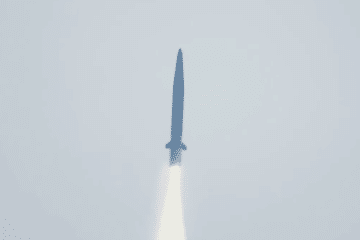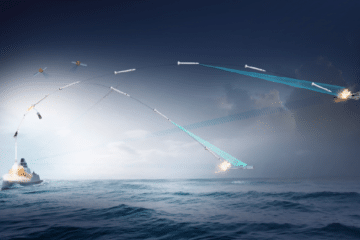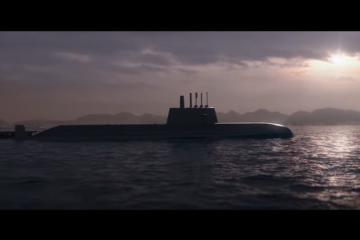The National Assembly’s Committee on Budget and Accounts explained that the budget should be reconsidered to start the project next year, calling the request for SM-3 urgent. The committee also emphasized the need to establish a practical, layered air defense system in response to North Korean SLBM threats.
The ship-based anti-ballistic interceptor missile SM-3, jointly developed by the United States and Japan, is known to be capable of intercepting even an ICBM at altitudes of 150-500 km, which is higher than Terminal High Altitude Air Defense (THAAD) missiles. If procured, SM -3 will likely be fitted first onto the new KDX-III Batch II Aegis destroyer, Jeongjo the Great.
“Since the basic principle of national security is to acquire overwhelming firepower, funding for the Korean triad system to defend against missiles must be provided early. The credibility of the Korean missile and air defense system should be increased to hit North Korea when Pyongyang signals to launch missiles. The missile defense system currently lacks time for a second intercept attempt because we would only have SM-6. We should not abandon the procurement project to build a layered defense system. Therefore, I would like to propose securing the budgets for SM -6 and SM -3 for the first half of next year. SM-3 will protect the lives of South Koreans to intercept North Korean missiles in the North’s airspace.”
Chairman of the ruling People’s Party’s Special Committee on North Korean Nuclear Crisis Response Kiho Han (Ret. Gen.)
In March 2017, the Korea National Defense College conducted a study on the “efficiency of sea-launched anti-ballistic missiles” on behalf of the Ministry of Defense. The study concluded that SM -3, which can intercept missiles between 500 and 1,500 km, should be procured to counter high-angle, high-altitude North Korean nuclear missile launches EMP.

However, the previous government’s Ministry of Defense decided to purchase SM -6 for Aegis destroyers through FMS (Foreign Military Sales) in April this year, just before the regime change. The procurement amount is about KRW 760 billion, and SM -6 will be purchased until 2031.


Specifications comparison:
- SM-6 firing range: 240~460km. Better than the ROK Navy’s current SM-2 (170km)
Firing altitude: Maximum 34km (operable in low altitude only)
- SM-3 firing range: 700km-2500km (depending on Blocks)
Firing altitude: Maximum 500km-1500km (depending on Blocks)






